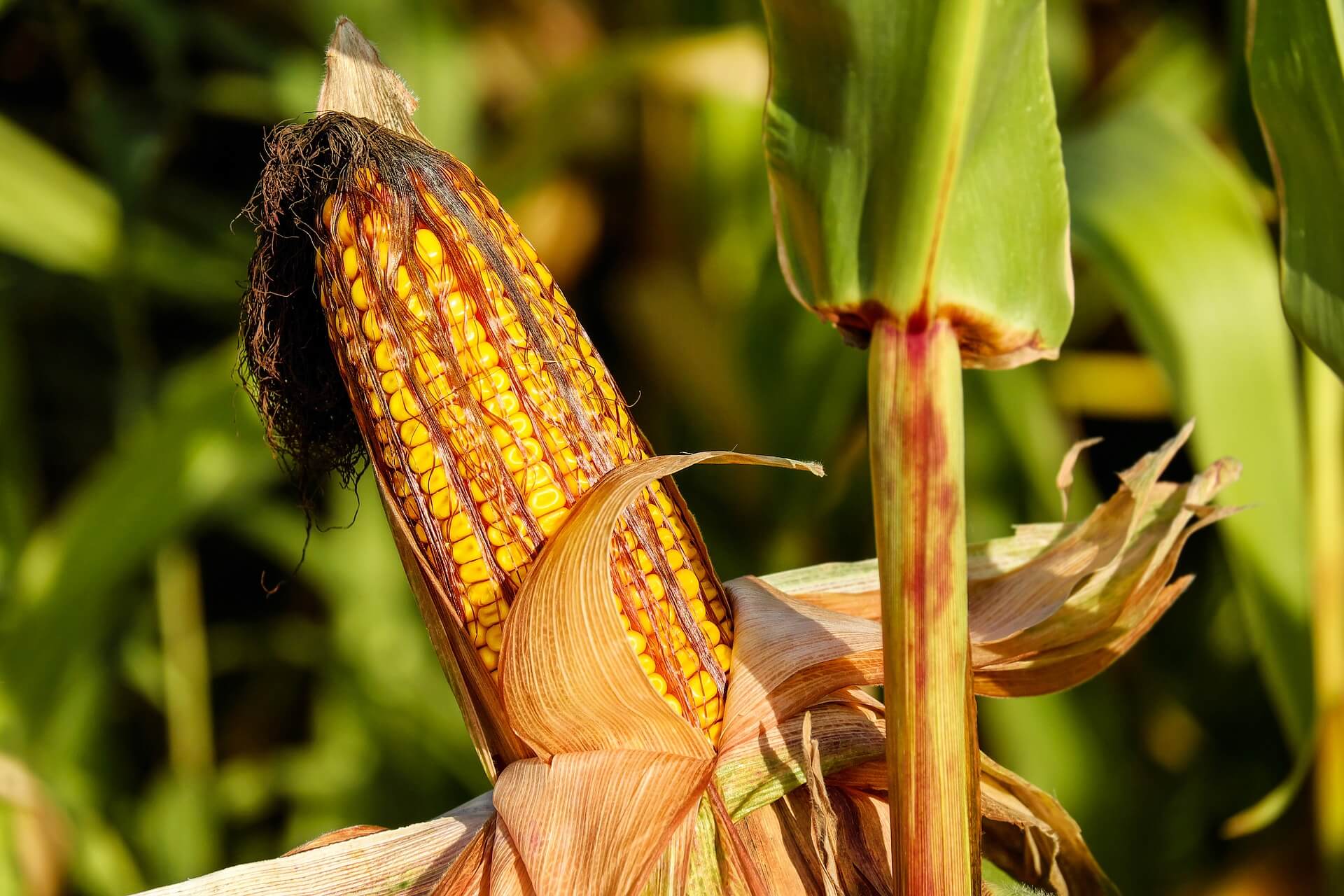The current growth in electric vehicles has been driven by the concern over the depletion of fossil fuels and the need to support the planet and our environment. Many of these discussions neatly side-step the point that the power needed for electric vehicles comes from the power grid, typically powered by fossil-fuelled or nuclear power stations. Instead of being a solution to the use of fossil fuels, electric vehicles push the problem back to the sidelines. Therefore, there is a drive to increase pressure and develop a new generation of biofuels that overcome these fundamental issues.

Time for Biofuels
The obvious answer to this is to remove the use of fossil fuels, and biofuels offer great possibilities for doing this. However, they seem to have been somewhat forgotten in the race to get electric vehicles and systems up and running instead.
Biofuels are generally derived from plant matter, which can be cultivated and processed to create biomass. This biomass can be used to generate energy-filled substances via either biochemical, thermal, or chemical conversion. These conversion processes can result in usable fuel, which may come in solid, liquid, or gas form. Typically, many alternative fuel types are developed from a variety of sustainable crops such as sugarcane, corn, and sweet sorghum – a type of grass whose stalks have high sugar content.
But there have been many criticisms of biofuel production, not least being that the increasing ground taken for biofuel production could be used for food production instead, and corn ethanol production is actually at least as carbon-intensive as that of fossil fuels.
Traditional Generations Game
First-generation fuels are those that we grow and harvest now and turn the plant matter into biofuels by either fermenting the sugars or chopping up the fatty oils through transesterification. However, the problems with a potential food crisis and sustained greenhouse gas production have led scientists to consider the development of biofuels further.
Second-generation biofuels use lignocellulosic, dry plant matter, biomass as feedstock, including switchgrass and agricultural by-products such as corn stalks. Using purpose-designed microorganisms, the feedstock cellulose is broken down into simple sugars and then fermented to produce a viable biofuel.
While this is less of an issue with taking up food-growing areas, much of the feedstock is leftovers from food production, the extraction of usable fuel is still quite intensive. For this reason, there is intense interest in the next generations of biofuels.
Modern Biofuels

There is much work being carried out on developing biofuel sources that have a much greater yield than the current feedstock, and this is the main thrust of third-generation fuels.
While the second generation is looking at improving the actual fuel-making process, third-generation biofuels seek to improve the feedstock as well. The focus is on developing oilier crops which could greatly boost yield. Researchers have now mapped the genomes of sorghum and corn, which may allow control of natural oil production.
There are also advanced tests on the development of various species of algae as a source of biofuels. The perspective of transforming algae into fuel seems to be the solution to the problem of food-growing land being used for fuels, as algae could be grown in set-aside areas of oceans or in labs.
Microalgae: Chances and Problems
Early research has shown that algae, in particular, are a rich source of biofuels, outstripping anything we currently have in terms of production. Soya bean crops grown specifically for biofuel use can create around 2.5 barrels of biofuel per hectare per year, while algae have the potential to create between 360 and 1500 barrels per hectare per year!
One key negative element with the extraction of third-generation biofuels from algae stock is the extensive processing, such as de-watering, required to obtain the fuel. The development of fourth-generation biofuels seeks to address this. Future advancements aim to enhance the production process to simplify the manufacturing route and increase yield. There is an enormous amount of work going on around the metabolic synthesis of algae through photosynthetic techniques.
Into the Future

Furthermore, there is advanced work being carried out to develop microbes that will absorb carbon dioxide and excrete sugars, and there is already exploratory work into the use of agricultural wastes containing polysaccharides or algal polysaccharides.
Researchers are looking further still and are now even considering the fourth generation, which is designed not only to increase the yield of feedstock but also to be carbon-negative.
Fourth-generation biofuels have the potential for good biodegradability and a significant reduction in carbon dioxide (from 10 to almost 100%), carbon monoxide (at least 25 to 30%), and even particulate matter emissions. Early tests have shown that these new biofuels have a high-octane value too, making them more efficient.
What’s Next?
There are still numerous technical challenges that need to be resolved before these systems become not only a reality but commercially available, but with the potential market being enormous, there is a lot of companies and research institutes interested in it.
It is expected that 2022 will see biofuels account for around 8% of global transportation oil volumes, which is a significant encroachment on the traditional fossil fuel market and represents an industry with promising potential.
The growing interest in biofuels, together with the amount of work going into the fundamental science and infrastructure, demonstrates how important these fuels are being treated. While many car manufacturers are looking towards electricity as a future powertrain, there is likely to be a growth in cars specially developed to run on biofuels as an alternative to both electric cars and fossil-fuelled models.
Potentially, biofuels might have the capacity to completely replace fossil-fuelled parts of the power generation infrastructure once the third and fourth-generation options have been fully developed. Therefore, they could possibly become the main source of power for almost everything we run.






